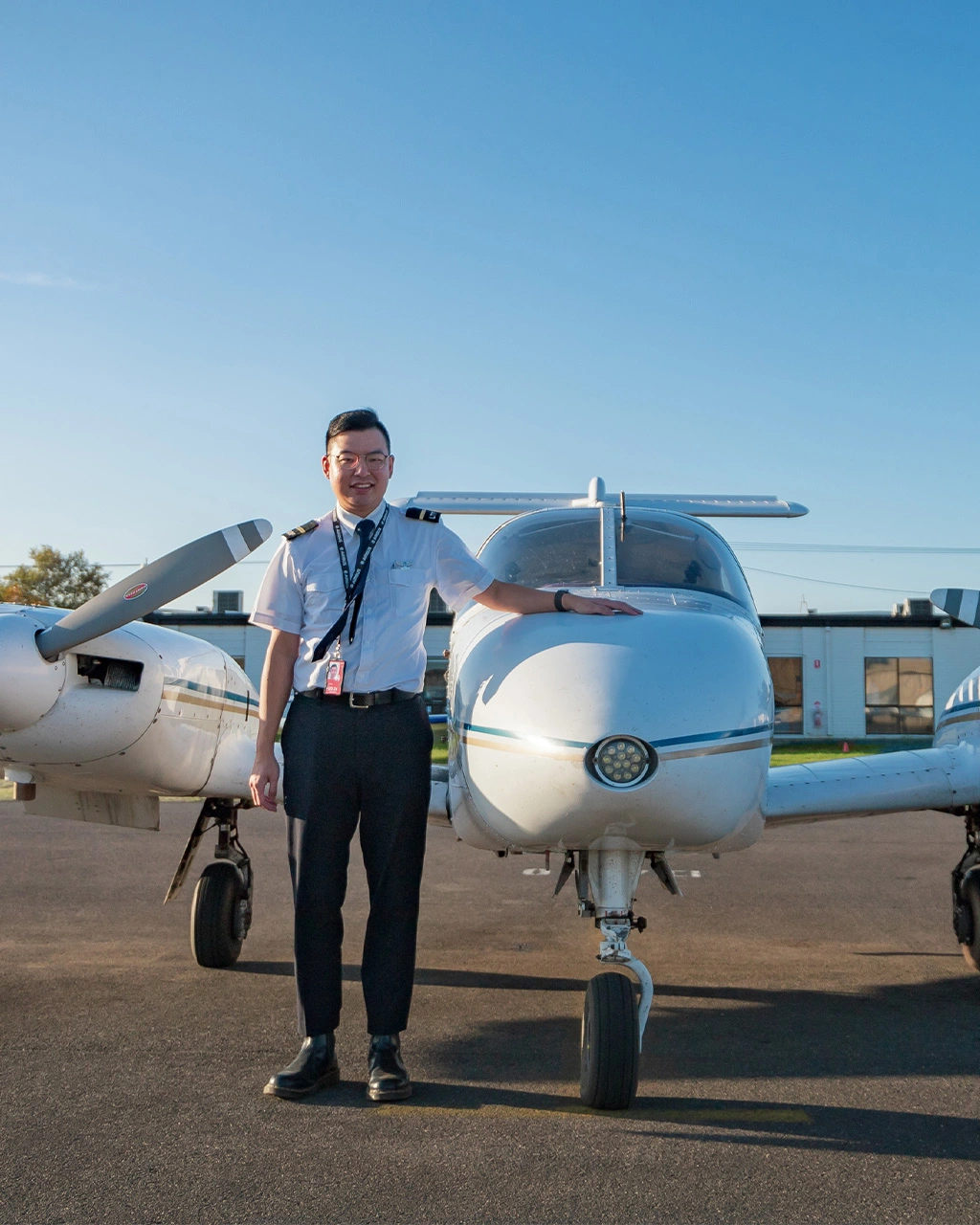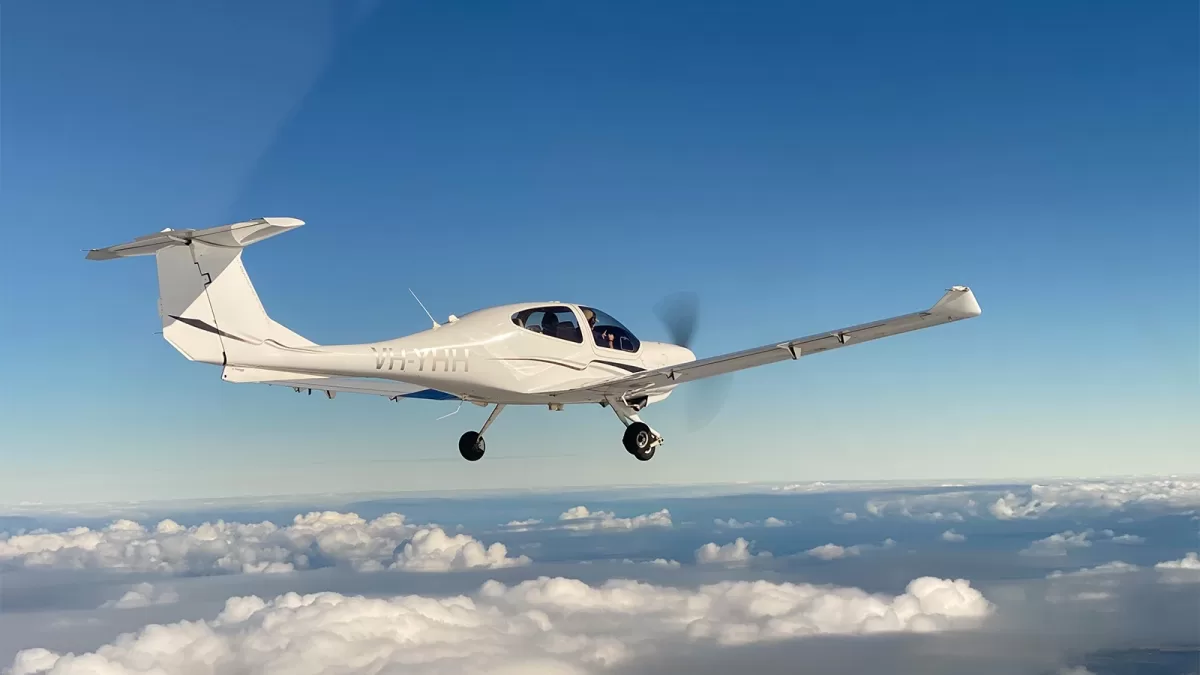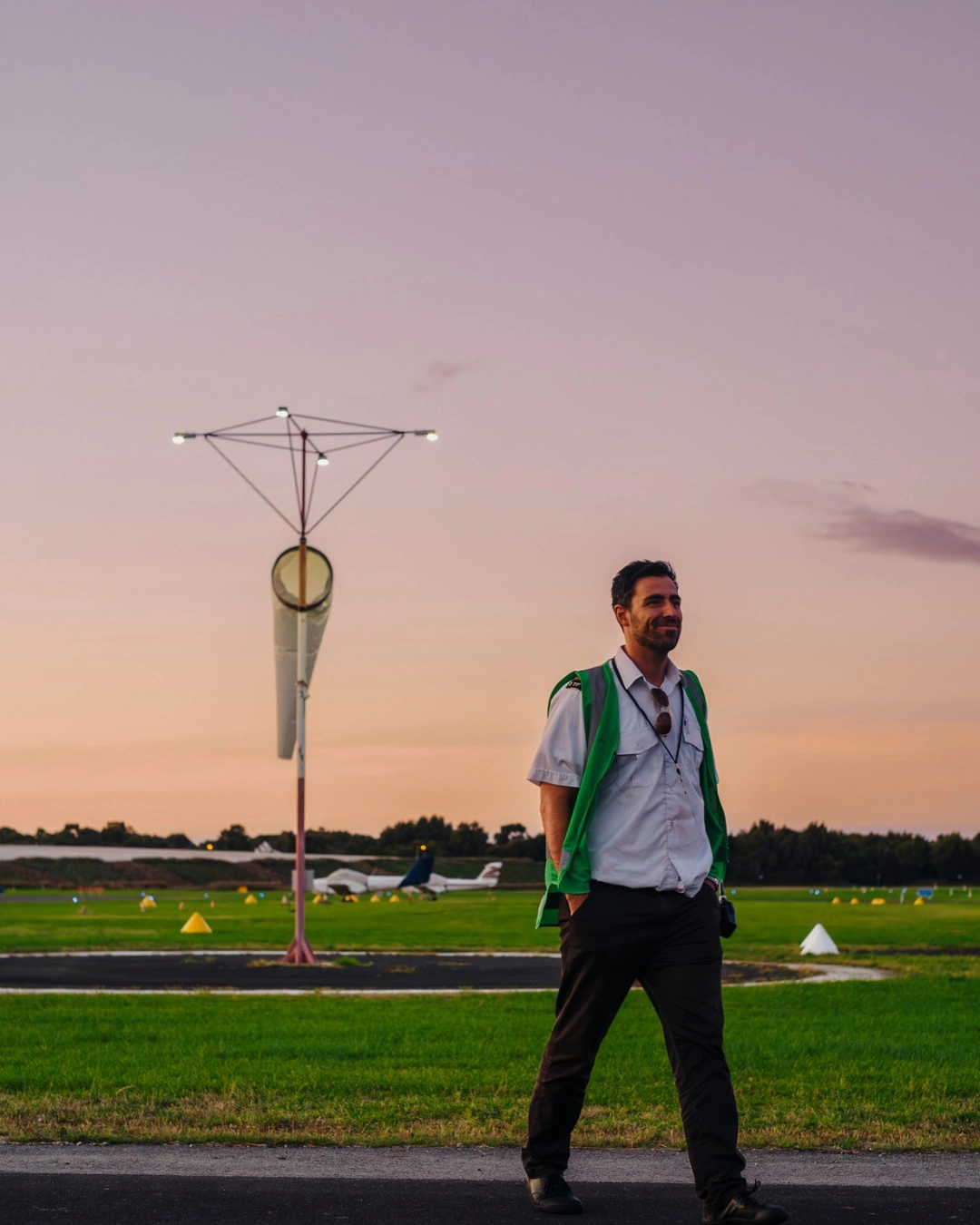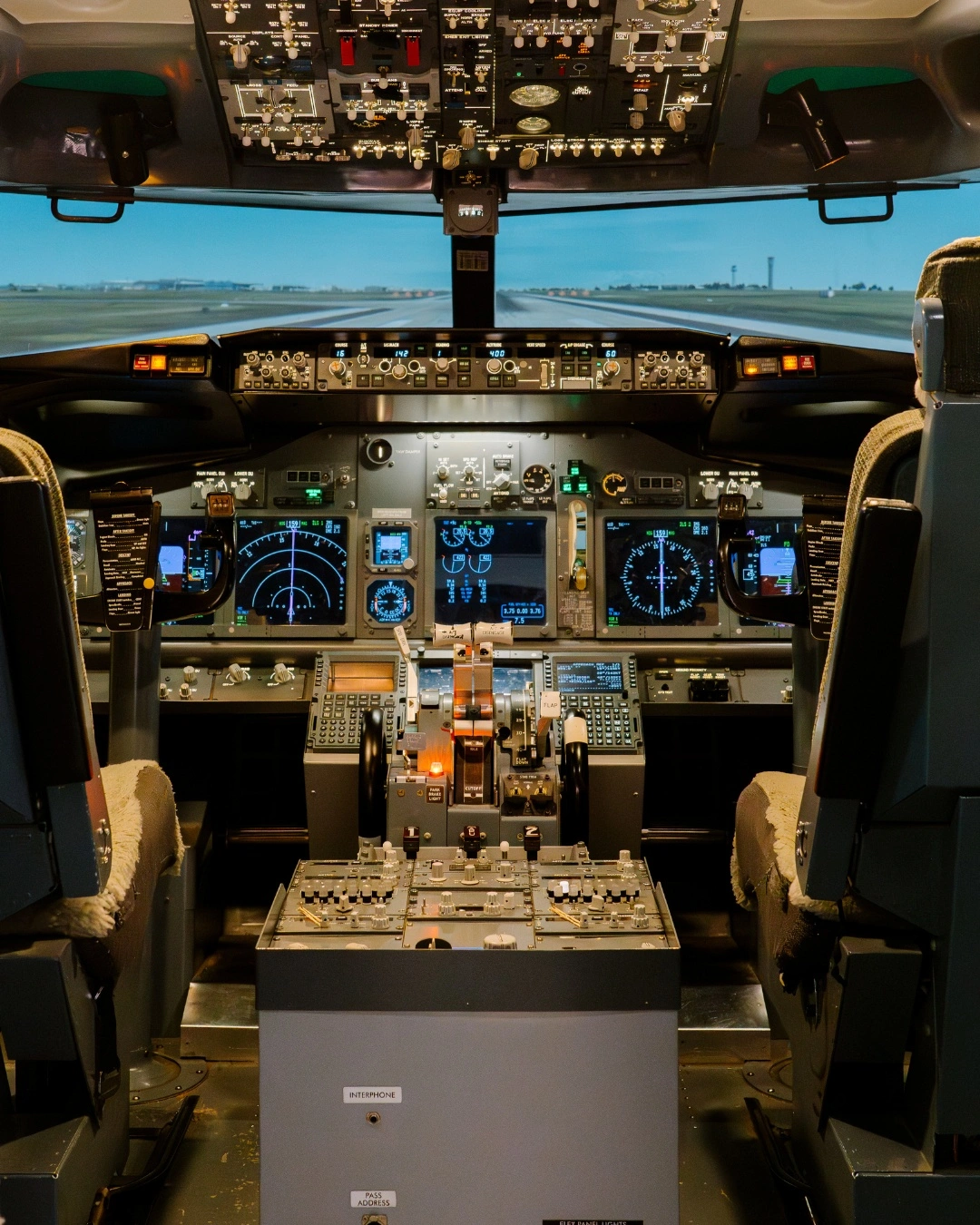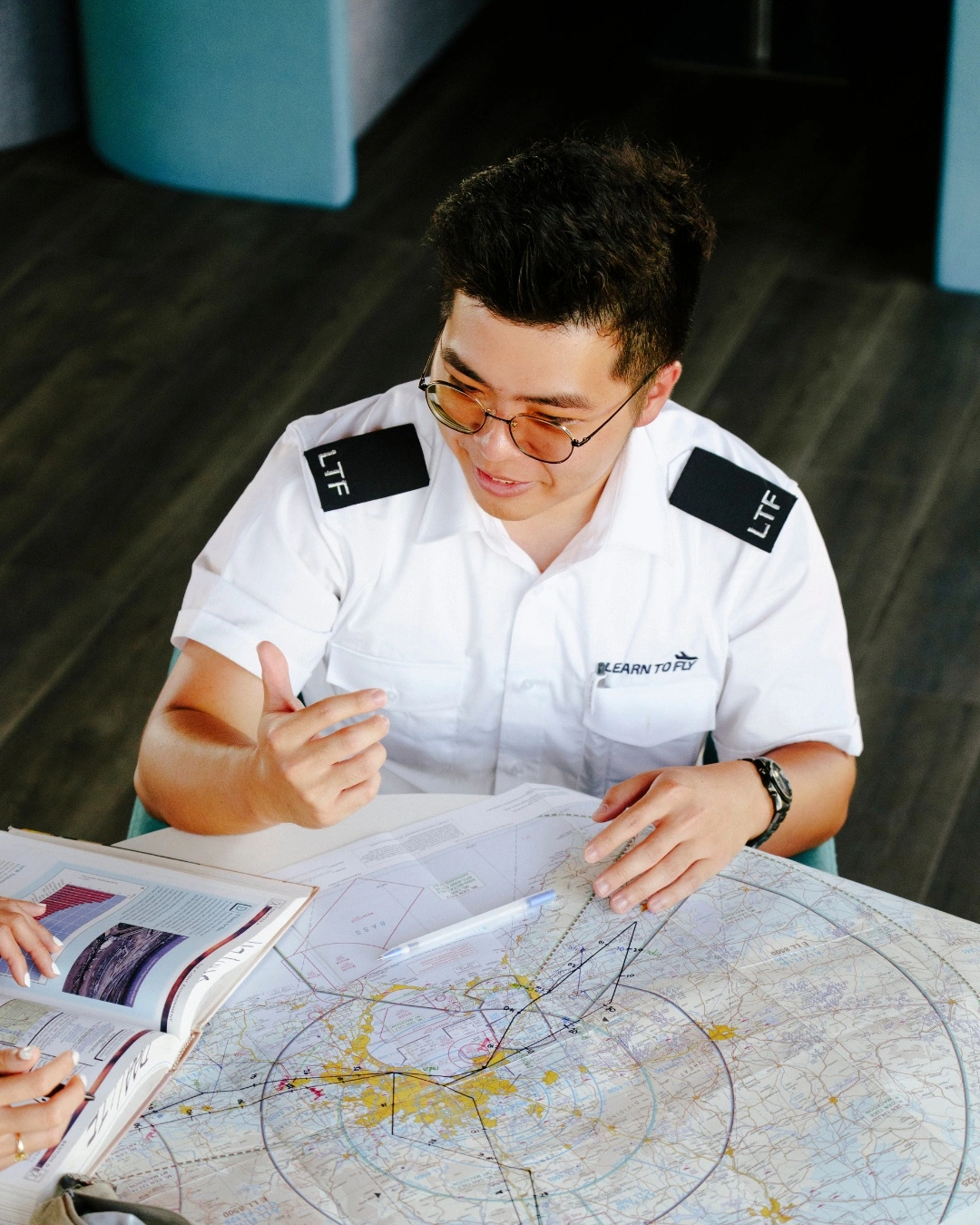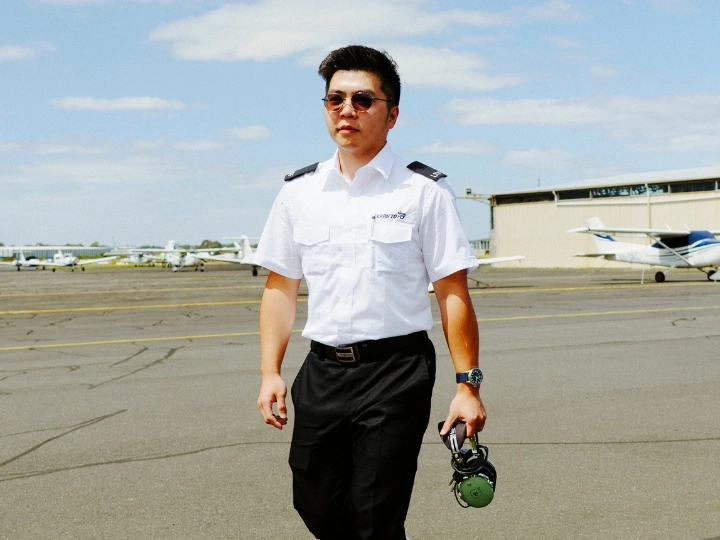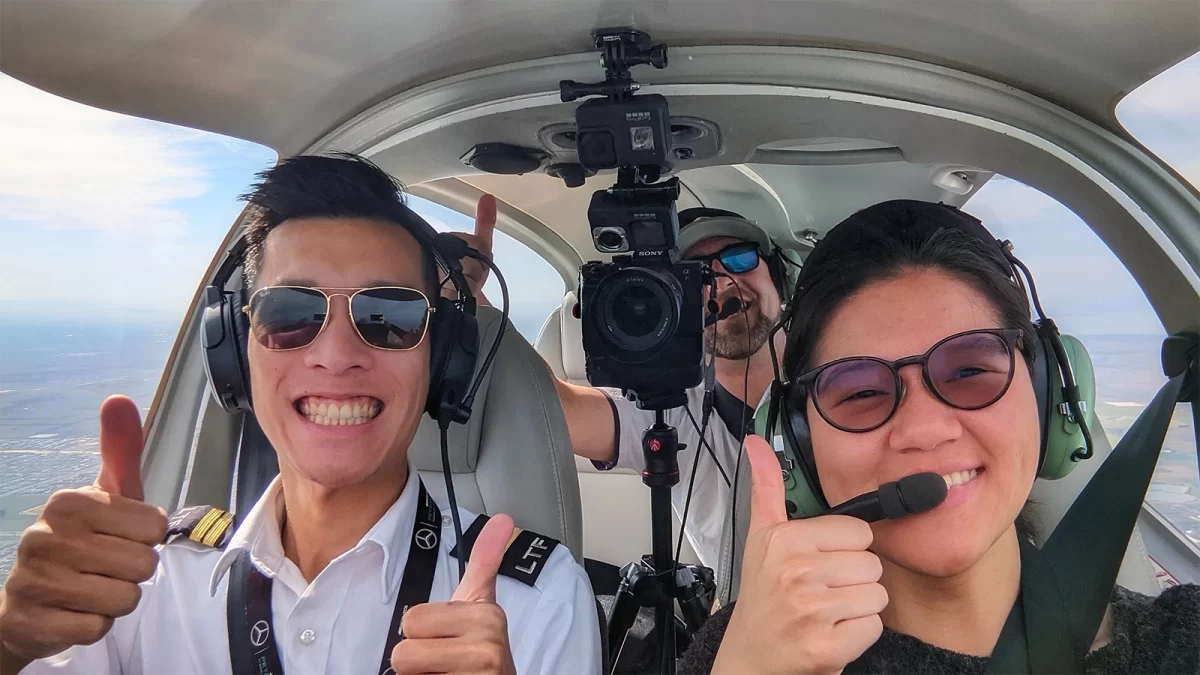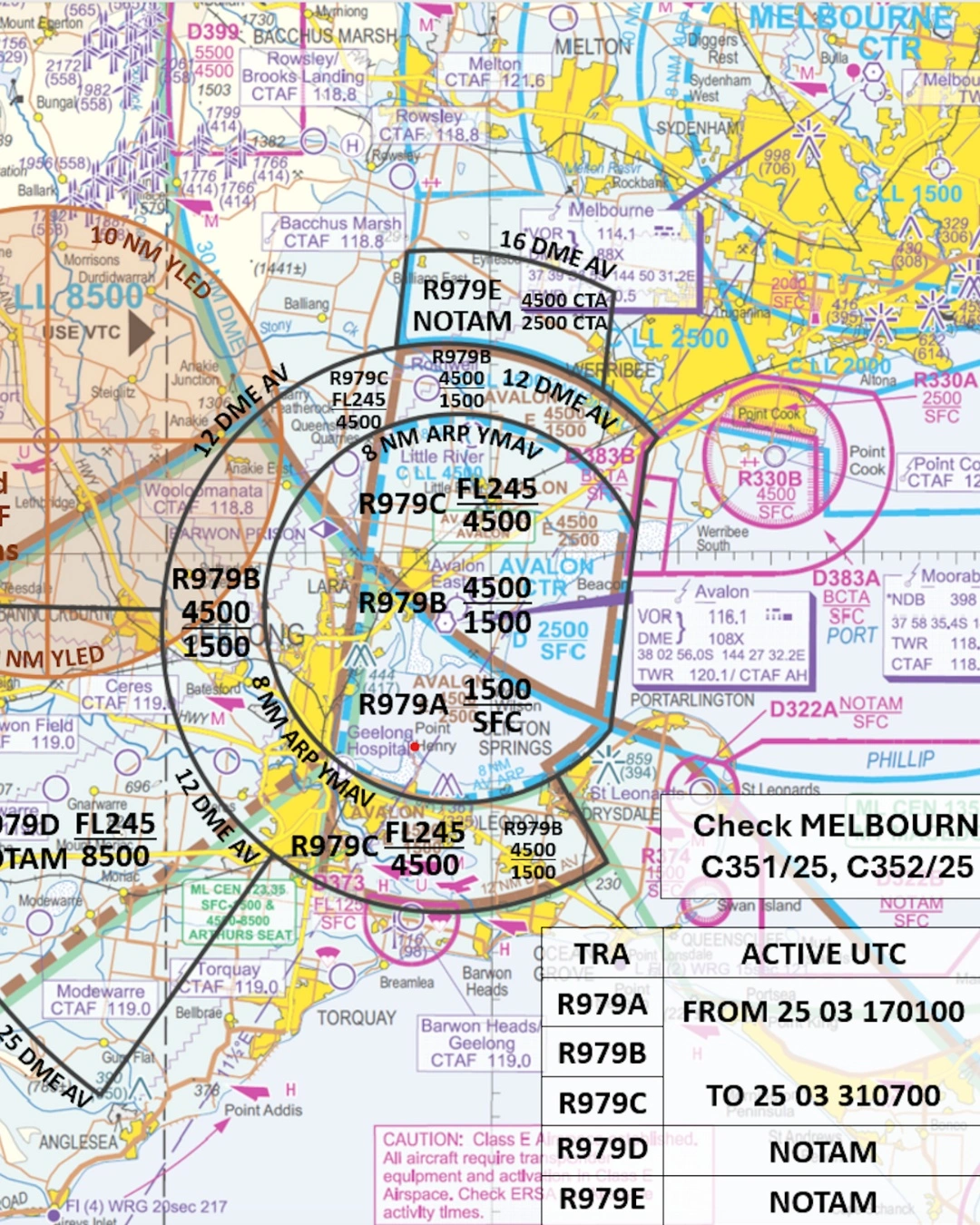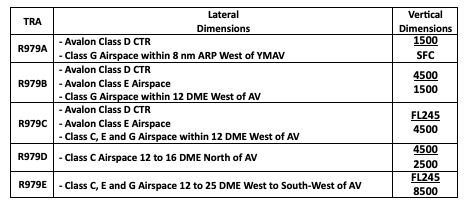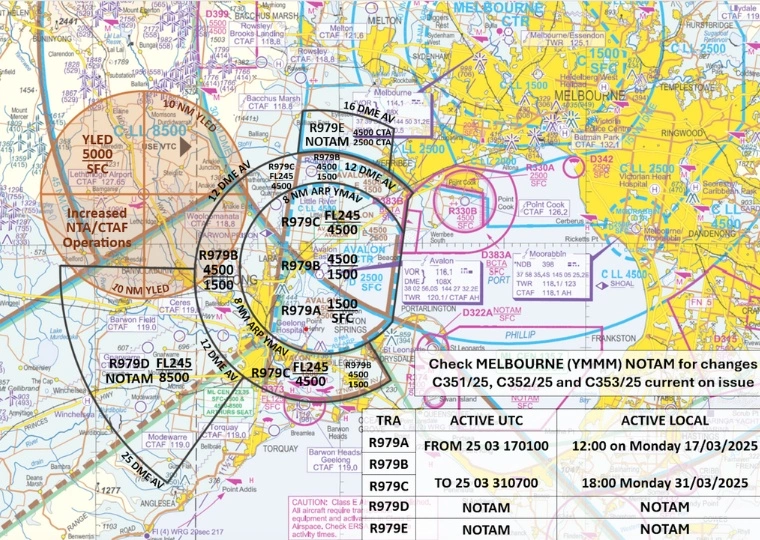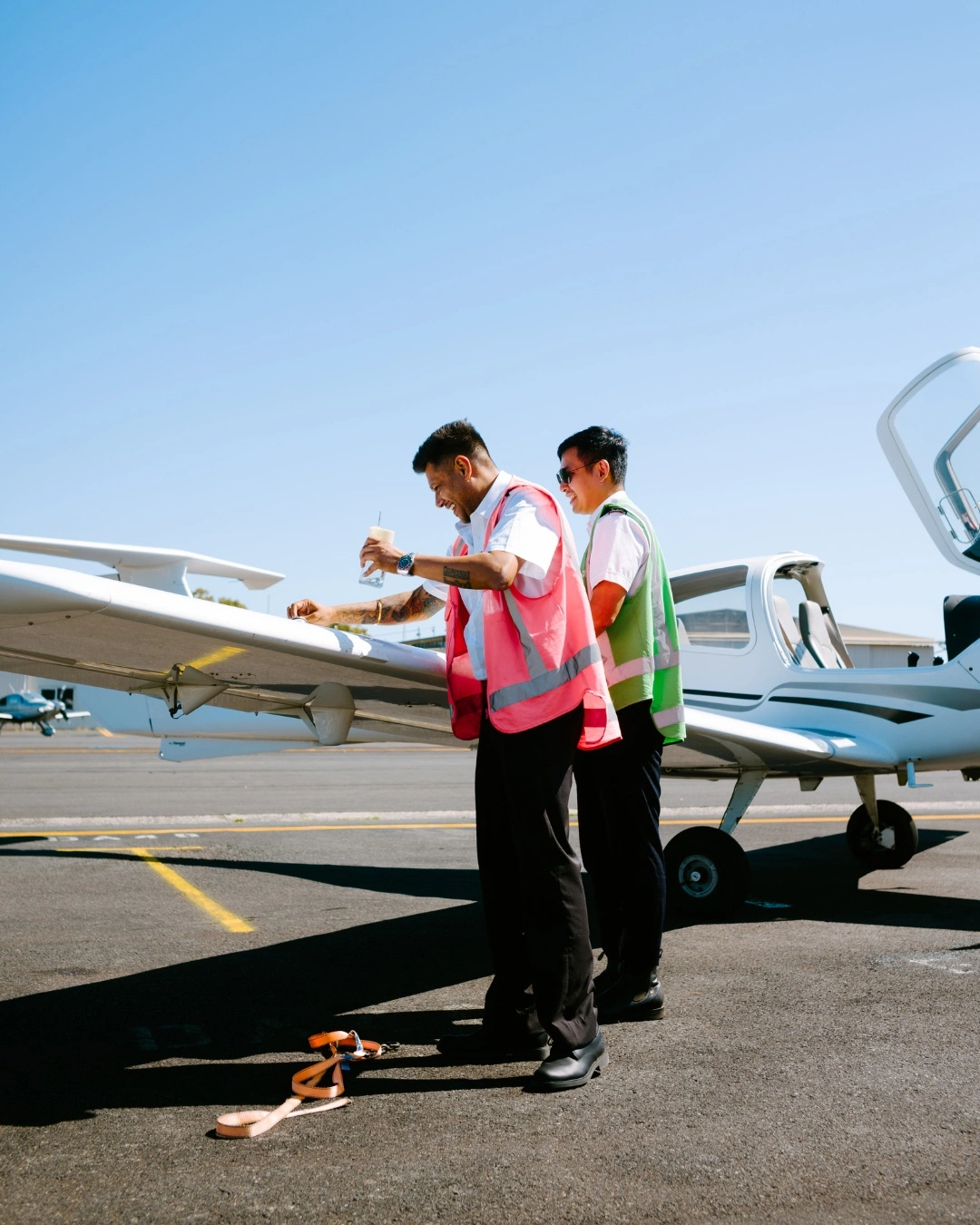Freddie Hui’s story is one of courage, reinvention, and a relentless pursuit of a lifelong dream. Hailing from Hong Kong, Freddie spent his early career immersed in the fast-paced world of hospitality, but as he approached his 28th birthday, he made a bold decision to chase his true passion: becoming a pilot. Today, as a Grade 2 Flight Instructor at Learn To Fly Melbourne, Freddie is not only soaring through the skies but also inspiring the next generation of pilots, particularly students from Hong Kong.
A Life in Hospitality
Freddie’s journey began far from the cockpit, in the vibrant and demanding world of hospitality. After studying hospitality management in Switzerland, one of the global hubs for the industry, Freddie honed his skills working seven days a week in a bustling hotel environment. His days were filled with managing guest experiences, coordinating teams, and ensuring every detail was perfect—a role that required precision, patience, and a knack for problem-solving. Yet, despite his success, something was missing.
As his 28th birthday loomed, Freddie found himself reflecting on his childhood fascination with aviation. The idea of flying had always lingered in the back of his mind, sparked by watching planes soar overhead and imagining himself at the controls. “I realized I didn’t want to look back in 20 years and regret not chasing my dream,” Freddie shares. That realization was the catalyst for a life-changing decision: to leave hospitality behind and pursue a career in aviation.
Taking Flight in Australia
Determined to turn his dream into reality, Freddie set his sights on Australia, known for its world-class flight training programs. He enrolled at Learn To Fly Melbourne, a premier flight school based at Moorabbin Airport, to begin his aviation journey. Starting from scratch, Freddie embarked on the rigorous path to earning his Commercial Pilot Licence (CPL), Multi-Engine Command Instrument Rating (MECIR), and Flight Instructor Rating (FIR).
The transition wasn’t easy. Trading the structured world of hospitality for the dynamic and demanding environment of flight training required immense dedication. Freddie spent countless hours in the cockpit of Learn To Fly’s Diamond DA40 and DA42 aircraft, mastering everything from basic maneuvers to complex instrument flying. He also immersed himself in ground training, studying aerodynamics, navigation, meteorology, and aviation regulations. Despite the challenges, Freddie’s determination and positive attitude shone through. “Every flight was a step closer to my goal,” he says. “The view from the cockpit made every moment worth it.”
Freddie completed his CPL in 2022, followed by his MECIR and FIR, marking significant milestones in his journey. His hard work paid off when Learn To Fly Melbourne offered him a position as a Grade 3 Flight Instructor in 2023. For Freddie, this was more than a job—it was an opportunity to give back to the aviation community that had supported him.
From Student to Instructor
Now a Grade 2 Flight Instructor and working toward his Grade 1 rating, Freddie has fully embraced his role as a mentor. Teaching at Learn To Fly Melbourne, he finds immense fulfillment in guiding students through their own aviation journeys. “It’s incredibly rewarding to see a student go from their first lesson to flying solo,” he says. “Watching them grow in confidence and skill is what makes this job so special.”
Freddie has a particular passion for working with students from Hong Kong, many of whom share similar dreams of taking to the skies. As someone who understands the cultural and personal challenges of pursuing aviation as an international student, Freddie is uniquely positioned to connect with and inspire these aspiring pilots. “I love passing on what I’ve learned to students from Hong Kong,” he explains. “It’s about helping them see that their dreams are achievable, no matter where they start.”
A New Chapter in the Skies
Freddie’s journey from hospitality to aviation is a testament to the power of following one’s passion, no matter how daunting the path may seem. His days now are spent in the cockpit, teaching students in Learn To Fly’s state-of-the-art aircraft or sharing his expertise in the classroom. He’s also focused on advancing his career, with his sights set on achieving his Grade 1 Flight Instructor rating and exploring opportunities to fly multi-engine aircraft.
For Freddie, the cockpit is more than just a workplace—it’s a classroom with the best view in the world. “Every flight is a chance to learn something new and share that knowledge with others,” he says. His story is an inspiration to anyone considering a career change or chasing a long-held dream. With Learn To Fly Melbourne’s support, Freddie has transformed his life and is helping others do the same.
If Freddie’s journey resonates with you, why not take the first step toward your own aviation adventure? Learn To Fly Melbourne offers a range of courses, from Trial Introductory Flights to the Diploma of Aviation, designed to help you soar. Contact our team or schedule a school tour to explore our facilities and fleet at Moorabbin Airport. Your dream of flying is closer than you think!
.
.









